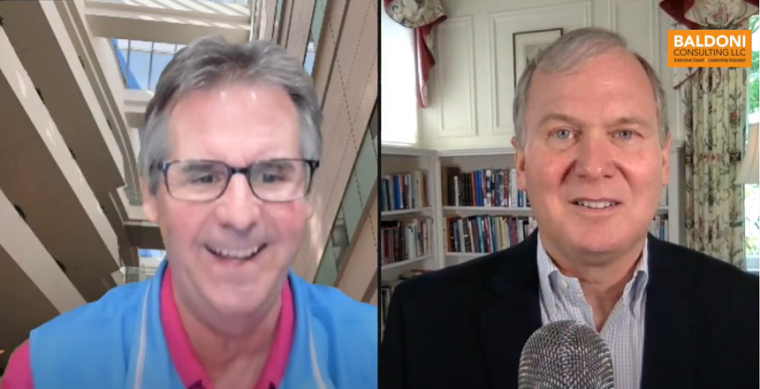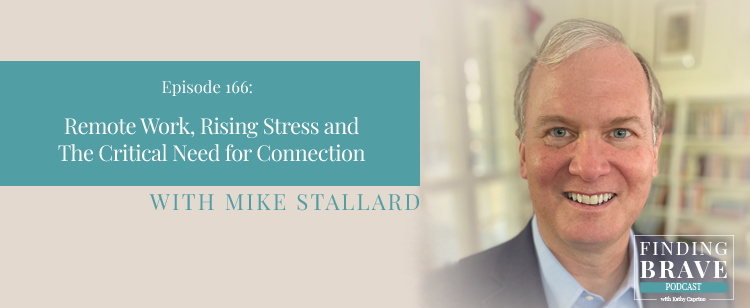
After Steph Curry’s phenomenal performance leading his team to win the 2022 NBA Championship and being named the 2022 NBA Finals Most Valuable Player, it’s abundantly clear that basketball is his superpower. But it’s not his only one.



Hubert Joly, a Frenchman and former partner at McKinsey & Co., blames the lack of connection in today’s organizations on the myopic views of economist Milton Friedman who advocated that the only thing that matters is maximizing shareholder value and on the popularity of a top-down, analytical and metrics-driven management philosophy that was exemplified by Robert McNamara in the 1970s. Joly believes in connecting with purpose and people, referring to it as “human magic” that results in “irrationally good performance.” He views it as being key to healing capitalism’s ills.

Today, IE Insights published my article, “Putin and the Dangers of Being a Lonely Leader.” In the article, I explain why social isolation from the pandemic and his autocratic leadership style may have contributed to three miscalculations Russian President Vladimir Putin has made and how he may be prone to making impulsive, irrational decisions in the future.

Do the people around you know that you are for them? Do they know whether you care about them, want them to be able to do their individual best, and will advocate for them? Having this assurance promotes a feeling of connection. It goes a long way in establishing trust and an environment of psychological safety. But if they don’t know with certainty that you are for them, they may feel you are indifferent to them (which is disconnecting) or assume, rightly or wrongly, that you are against them (which is very disconnecting).

Earlier this week, I had the opportunity to participate in a LinkedIn Live conversation with Walt Rakowich, former CEO of S&P 500 firm Prologis and author of the book Transfluence.

Wouldn’t it be nice if a new year truly ushered in a fresh start? The optimism we may have ordinarily had in past years as we turned the calendar to January and considered all of the new possibilities that lay ahead of us is a little harder to muster up this time. The Covid-19 pandemic, now in year three, and other stressors have taken a toll. Many people are exhausted and struggling. We’re seeing it in higher levels of frustration and uncivil behavior being directed at others as the Omicron variant sweeps across the globe and further disrupts plans. And while people may be able to put on a happy face at work, underneath the surface their emotional health is probably not great, according to recent research.

Are you and your team preparing to return to the office after more than a year of remote work?
Recently, I had the opportunity to be interviewed by the talented team at IE Insights, IE University’s thought leadership publication for sharing knowledge on a variety of topics. I shared some insights on what managers can expect from employees based on the similar experiences NASA astronauts encounter when re-entering society after time in space.
Check out the approximately 5 minute video for a quick summary of what to watch for and how building a connection culture can ease the transition.

This week, I had the pleasure of being interviewed by Lee Newman, the Dean of IE Business School, in Madrid, Spain. We talked about Connection Culture, the current longing for connection coming out of the pandemic, and how leaders can be proactive to help reconnect their teams.
The conversation was broadcasted on LinkedIn Live and is available to watch on demand.

Many of you may be familiar with GRACE Under Pressure, a podcast hosted by John Baldoni. John is an executive coach and internationally known leadership expert who has authored many books on leadership.

Recently, I had the privilege of being a guest on the Finding Brave podcast hosted by Kathy Caprino. A therapist, career coach, and author, Kathy is on a mission to help listeners – particularly professional women – access the courage they need to honor their true passions, talents, and values in life and work.